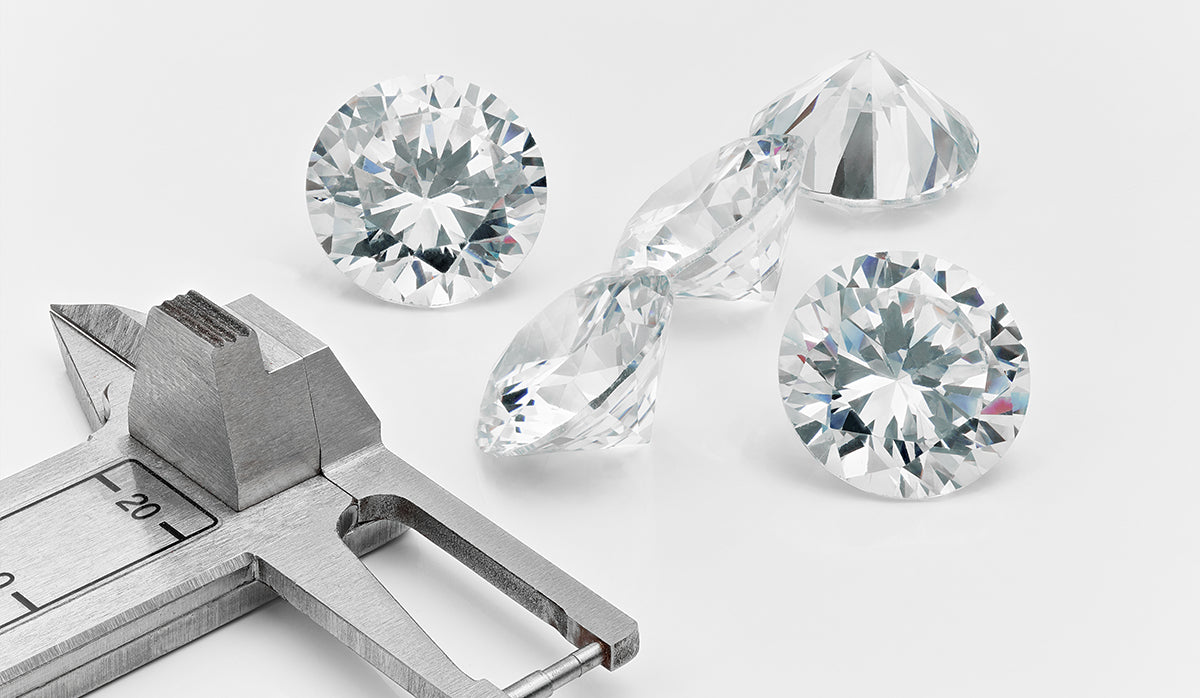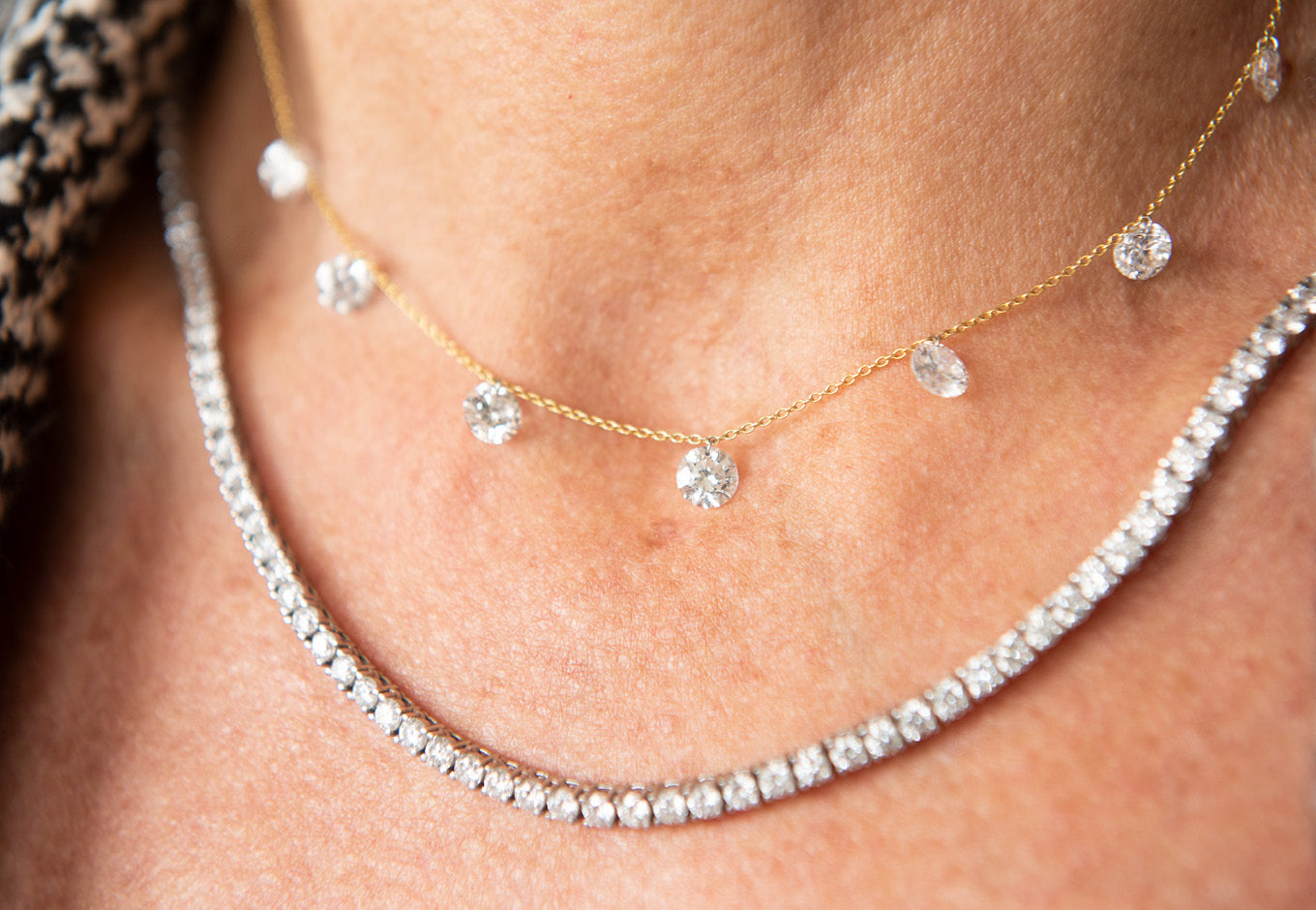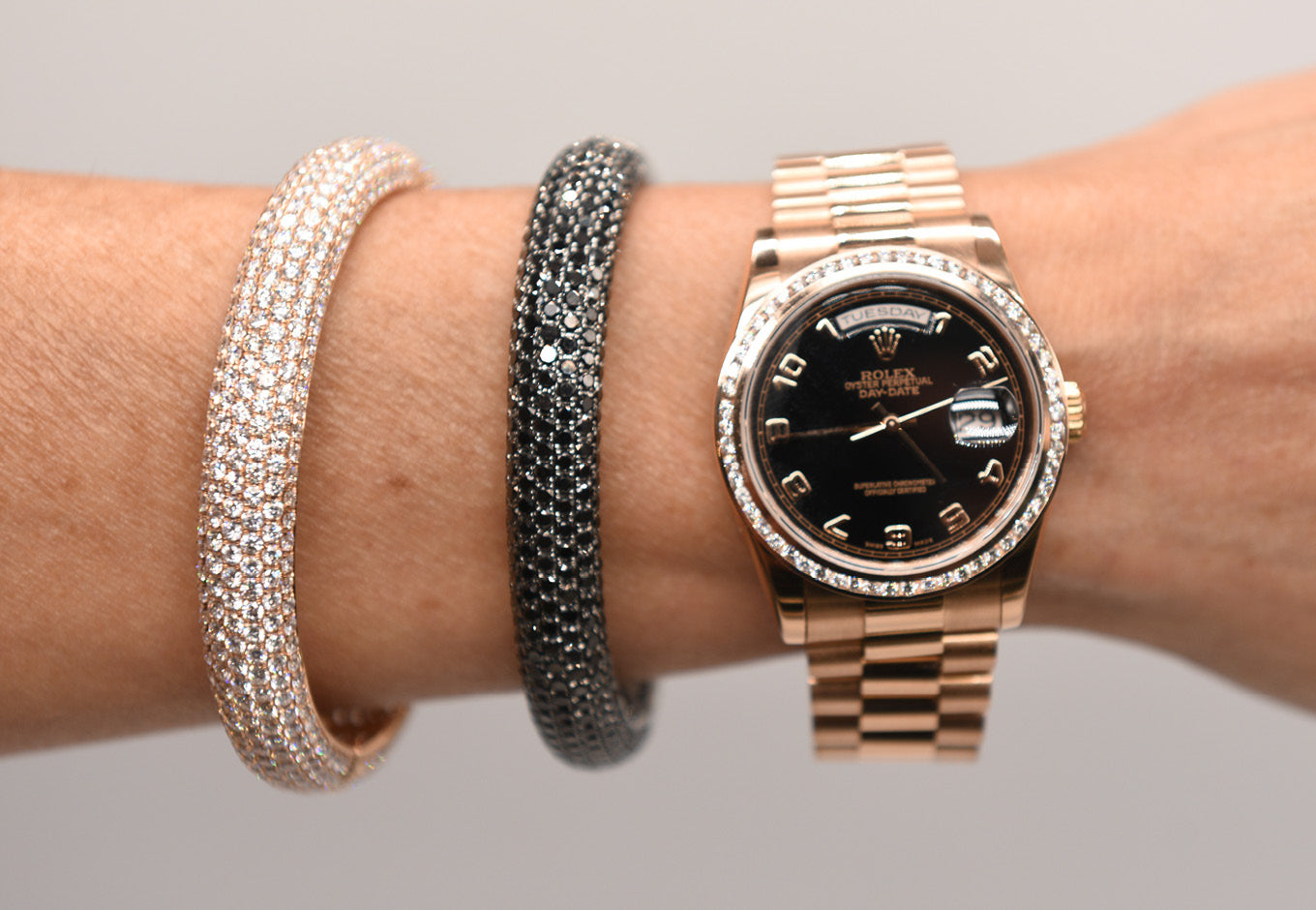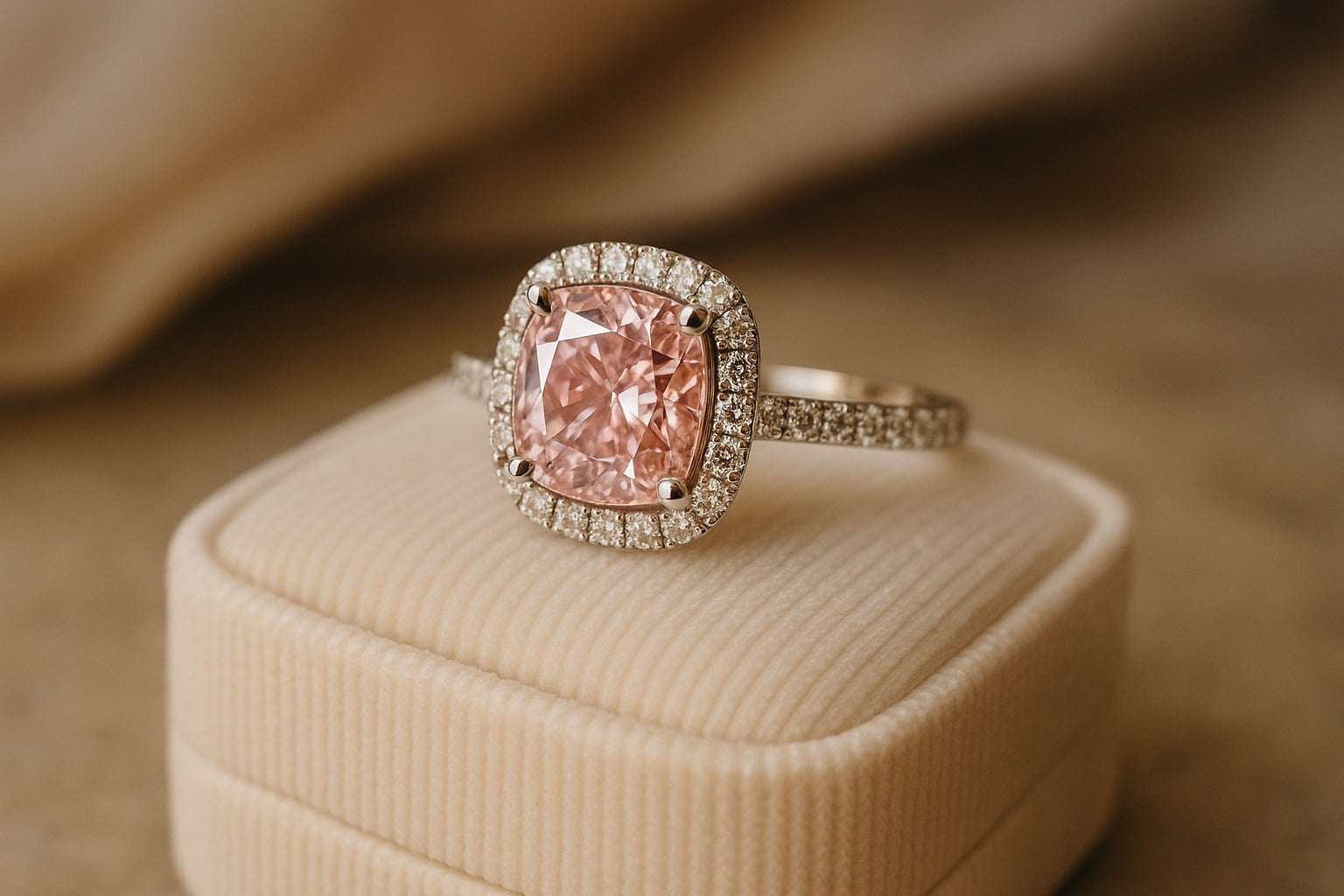Article: The Art of Choosing a Diamond That Looks Expensive

The Art of Choosing a Diamond That Looks Expensive
A diamond’s beauty isn’t determined solely by its price tag. Strategic choices in cut, shape, and setting can make a stone look significantly more valuable than its actual cost. At Winston’s Crown Jewelers, our experts guide clients toward maximizing both beauty and value, ensuring each diamond shines to its fullest potential.
The Importance of Cut Quality
Cut is the single most important factor in a diamond’s brilliance and overall “wow” factor. A superb cut not only ensures maximum sparkle but can also mask other compromises in color or clarity. An excellent cut can make even a modest carat stone appear dazzling, while a poorly cut larger diamond can look lifeless.
Diamond shapes like round brilliant, oval, and radiant maximize surface area and sparkle, while avoiding cuts that hide weight in depth, rather than spreading it, which keeps the stone looking larger and more vibrant. Ideal proportions, symmetry, and polish all contribute to the way light enters and reflects within the stone.
Key benefits of an excellent cut:
-
Maximizes light return and sparkle
-
Enhances perceived size
-
Creates better symmetry and balance
-
Improves the diamond’s overall fire and scintillation
-
Ensures light is reflected through the crown, not lost through the sides or bottom
Choosing Shapes that Look Larger
Certain shapes naturally create the illusion of size because of how they distribute carat weight. Oval, marquise, and pear cuts draw the eye and elongate the appearance of the stone, enhancing perceived carat weight. Longer shapes also create flattering effects on the hand and can make fingers appear more slender.
Shape and Size Perception Tips:
-
Oval: Versatile, elongates the finger, and offers a broad face-up area
-
Marquise: Maximizes spread with pointed ends, dramatic presence
-
Pear: Combines elegance with a slimming effect on fingers; can be set with tip up or down for different looks
-
Emerald/Radiant: Broad table surface enhances face-up size; radiant cut adds extra brilliance compared to emerald
-
Cushion: Softer edges with larger facets that can create a bold, vintage-inspired look
Color Choices That Enhance Brilliance
Near-colorless diamonds in the G–H range often appear just as bright as D–F stones but at a more accessible price. The metal you choose also affects perception; white gold and platinum enhance cooler tones, while yellow and rose gold can disguise warmth in slightly tinted stones. For fancy shapes, where color can be more noticeable near the tips, metal choice becomes especially important.
Pro tip: Pairing a J–K color diamond with yellow gold can make it appear whiter, while still allowing you to save significantly on cost. Using a halo of small, higher-color diamonds can also brighten the center stone.
Clarity and Eye-Clean Stones
An “eye-clean” diamond has no visible inclusions without magnification, and this is often more important than its formal clarity grade. Brilliant cuts hide inclusions better than step cuts, allowing you to choose a lower clarity grade without sacrificing beauty. Inclusions positioned near the edges may be hidden by prongs or bezels.
Clarity scale highlights:
-
VS1–VS2: Nearly always eye-clean, excellent value
-
SI1–SI2: Can be eye-clean depending on cut, inclusion type, and location
-
VVS1–IF: Flawless to the eye, premium cost
Pro Tip: Work with a jeweler to view stones in person, as grading reports don’t always reflect visual impact
The Role of Ring Settings
Settings can dramatically influence a diamond’s presence. Halo, pavé, and cluster settings amplify size and sparkle, while prong styles can maximize light return. Adding side stones or intricate designs lends a luxurious, custom-crafted appearance. The height of the setting can also change how much light enters the diamond.
Settings that make diamonds look larger:
-
Halo settings with uniform or graduated stones
-
Bezel with thin rim for maximum spread
-
Three-stone designs with tapered side stones to draw the eye toward the center
-
Pavé bands for added sparkle and visual width
-
Double halo or hidden halo designs for layered brilliance
Carat Weight and Visual Impact
Carat weight alone doesn’t dictate a diamond’s presence. A well-cut stone with optimal spread can look larger than a heavier diamond with poor proportions. Finger size, shape, and setting style also influence visual impact.
Value-saving tip: Choosing just under benchmark weights, such as 0.9 ct instead of 1.0 ct, can reduce cost by up to 20% while looking nearly identical in size. Fancy shapes may offer even more face-up area per carat than rounds, further stretching your budget.
Maintenance for Lasting Brilliance
Regular cleaning and proper care keep a diamond at its most brilliant. Winston’s Crown Jewelers offers professional cleaning and inspection services to preserve your diamond’s sparkle and ensure long-term beauty. Routine inspections can catch loose prongs or wear before they becomes a problem.
At-home care tips:
-
Use a gentle jewelry cleaner or mild soap and water
-
Soft-bristled brush to remove debris, especially under the setting
-
Store separately to prevent scratches or chips
-
Avoid harsh chemicals and ultrasonic cleaners for certain treated or delicate stones
The Winston’s Crown Jewelers Advantage – Investing in the Look of Luxury
With a private showroom experience, GIA-certified gemologists, and bespoke design services, Winston’s Crown Jewelers offers personalized guidance to help you achieve maximum beauty for your budget. A diamond can look expensive without being the top tier in every category, and our experts help you make informed choices in cut, shape, color, clarity, and setting so you can enjoy a stunning, high-impact piece that reflects true sophistication.
Schedule a private consultation today and let Winston’s Crown Jewelers help you find a diamond that embodies both exceptional beauty and smart value.
FAQ: Diamond Buying Myths
Do bigger diamonds always look better?
Not if they have poor cut or clarity.
Is D color always worth the premium?
Often, near-colorless grades look identical to the naked eye.
Does clarity need to be flawless?
Eye-clean stones offer beauty without unnecessary cost.





